First Drive: Nissan's new Leaf builds on the reputation of its best-selling predecessor
Rebecca Chaplin has been to Tokyo to drive Nissan’s latest Leaf

What is it?
This is Nissan’s all-electric vehicle that has been in desperate need of a new look for years, but regardless Leaf fans have continued to love and buy the previous generation.
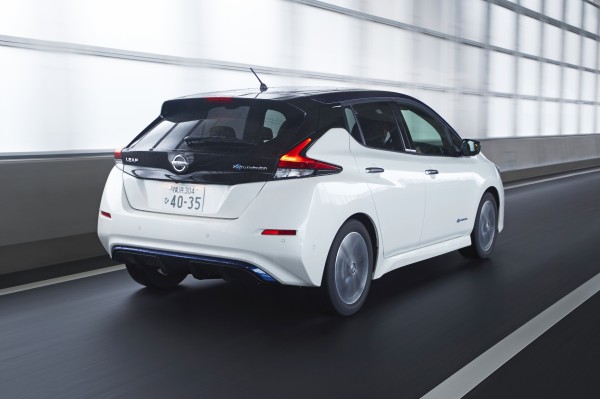
It’s a five-seater family car with buckets of new tech to bring it up to date. We got a brief opportunity to drive a Japanese model on roads around the brand’s Yokohama headquarters, but there’s still plenty to change before it reaches the UK.
What’s new?
For owners, the most important update will be to the powertrain, as the new Leaf will now drive further and for longer. There are other new driver aids, though, such as Nissan’s autonomous system called ProPilot, which can now park the car and drive itself under certain conditions, and the e-Pedal, which can brake the car as you release the accelerator pedal.
What’s under the bonnet?
Currently, there’s only one option available – a 40kWh lithium-ion battery fitted to the car, with a total power output of 110kW or 147bhp and 320Nm of torque.
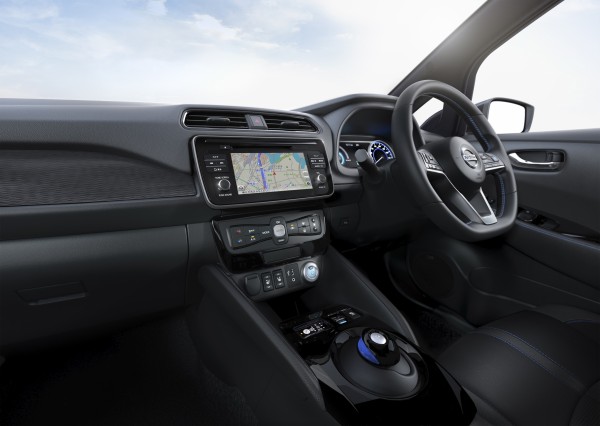
At the moment, Nissan is saying this will be able to power the car for around 235 miles. Although the car hasn’t yet been homologated for the UK, when compared with the previous generation, this appears attainable. One thing’s for certain: this car will have zero emissions and owners will use no more fuel than the electricity to charge it.
What’s it like to drive?
In the very short test drive we took the car on, over Japanese roads that tend to have both smoother turns and smoother surfaces, things look positive. Power delivery is as smooth as you’d expect from an electric car but the extra torque in the latest generation is a marked improvement. The ride soaks up any bumps in the road, but the UK version will have harder suspension, and steering feels well-judged but this will also be tightened up for UK cars to improve handling on twisty roads. Road noise is more noticeable in electric cars but, again, the Leaf will also have more sound-proofing when we get it.
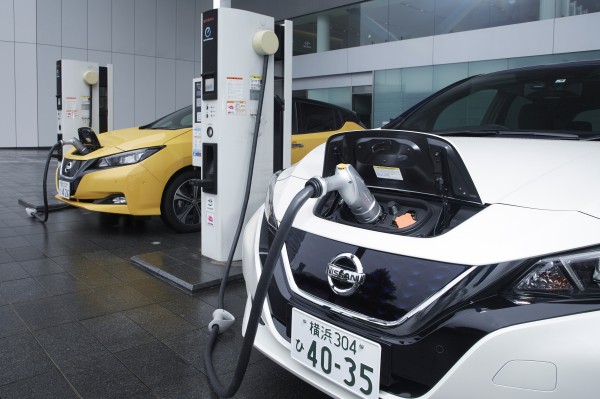
The biggest change from the previous Leaf, or any car for that matter, is the e-Pedal. Almost every electric car uses regenerative braking, and you can feel that feedback in the accelerator as you release it. This means many EV drivers barely use the brake pedal. The difference with the e-Pedal is it will hold the car once it’s stopped – even on an incline, according to Nissan. Drivers will find it’s easy to adjust, and in a matter of minutes it’ll feel unnatural when you’re not using it.
This Leaf will be the first Nissan to be sold in Europe with the ProPilot system. Our drive proved how easy this is to use, as by simply pressing the button on the steering wheel and selecting the speed you want, the Leaf will instantly lock at a specified distance behind the car in front and when it clocks the white lines it’ll take over steering too.
It can also park itself at the touch of the button and it worked seamlessly on our test car. Unlike some systems that will identify a suitable space, the Leaf lets you choose a space, or if there are no lines you can choose. Plus it can do this either forwards, backwards or parallel.
How does it look?
The Leaf does arguably look better than the previous generation, but compared with other EVs on the market it’s lacking some serious style points.
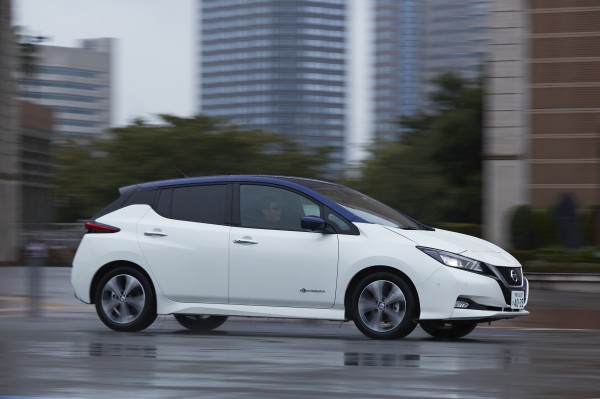
There was surely an argument over more miles of range or a better-looking car at some point, but functionality has won. That said, the Leaf is now more in line with Nissan’s other products and touches such as the pearlescent grille add a tad more drama. Small wheels and a bulky rear all give the Leaf a very mumsy look, but when the car is specified with a contrast roof it does make the car look sleeker.
What’s it like inside?
When the Leaf reaches the UK it’ll be styled more like the Micra, according to Nissan. That means none of the plastic dashes we saw in Japan and more soft-touch materials.
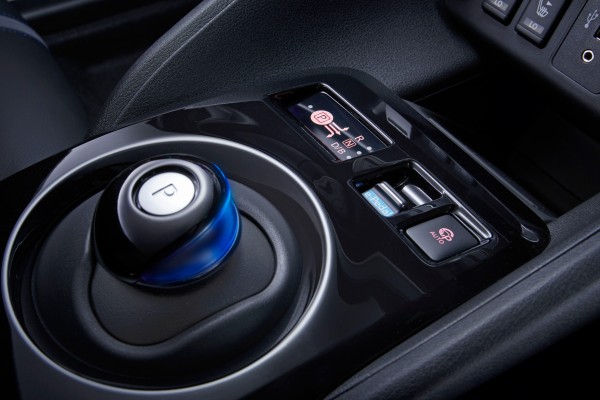
While it can’t compete with more design-focused EVs, it does tick the practical box that most families will be looking for. Both in the front and back, space is generous for passengers and there is plenty of head room even for taller passengers.
What’s the spec like?
Although there are no prices out for the standard Leaf in the UK and specifications have yet to be released, Nissan has unveiled a limited edition version that’ll cost £26,490.
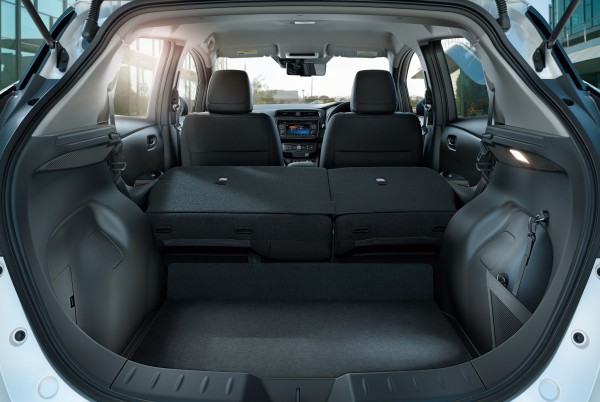
Our test car costs 3,990,600 Japanese yen, equating to £26,616. That gives you fabric seats, Nissan’s touchscreen infotainment system kitted out with Apple CarPlay, ProPilot, e-Pedal, aircon, heated seats and – only available in Japan – a camera rear-view mirror.
Verdict
Car buyers already convinced that an electric car is for them will likely sit in a Nissan Leaf and find it ticks all the boxes. When considering range, price and equipment, it’s got a great combination. Everything improves on the previous generation, but it is slightly let down by its looks in a segment that’s becoming more diverse. Get behind the wheel and it does become even more compelling, but we’ll need to reserve judgment for when the UK version arrives.
By Rebecca Chaplin
FACTS AT A GLANCE
Model: Nissan Leaf
Price as tested: N/A
Engine: 40KwH battery linked to electric motor
Power (bhp): 110kW/147bhp
Torque (Nm): 320
Max speed (mph): 90
0-60mph: Eight seconds
MPG (combined): 0
Emissions (g/km): 0





